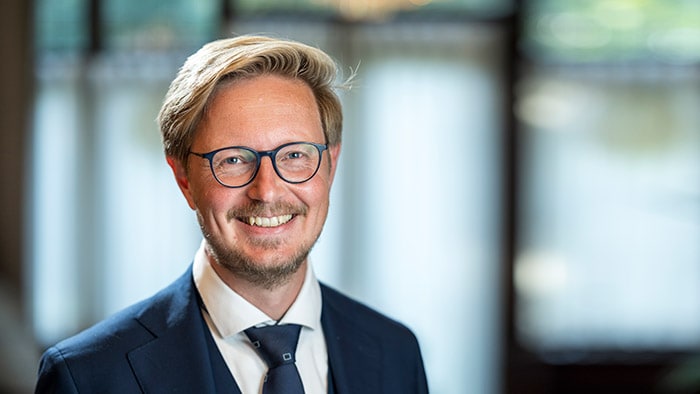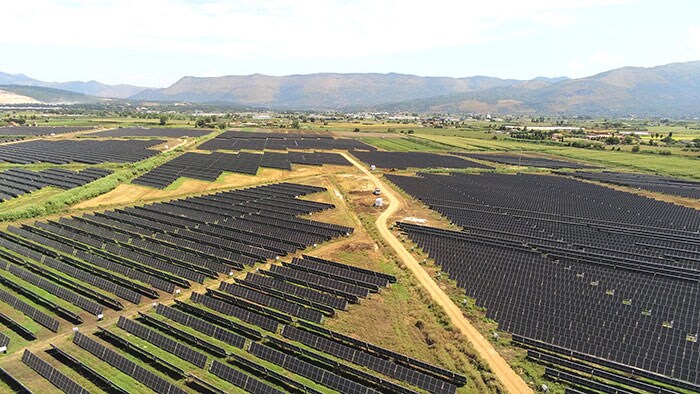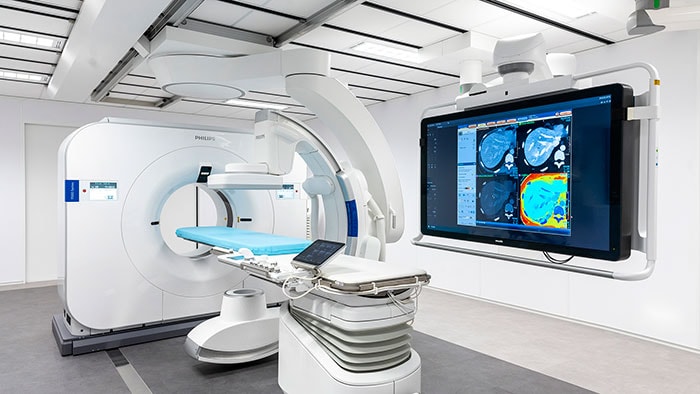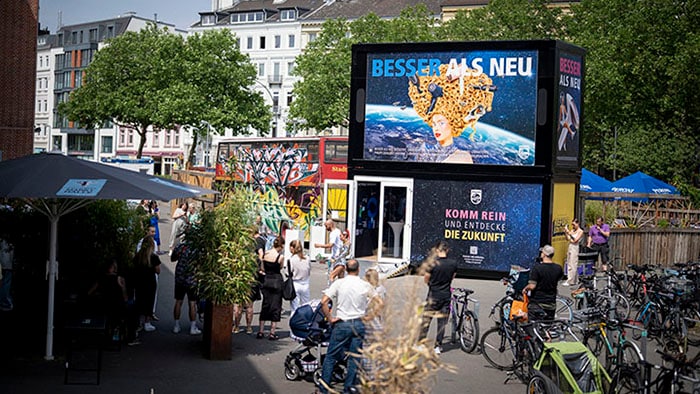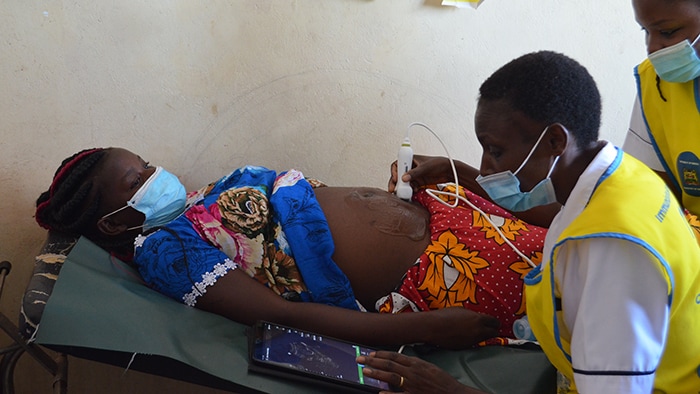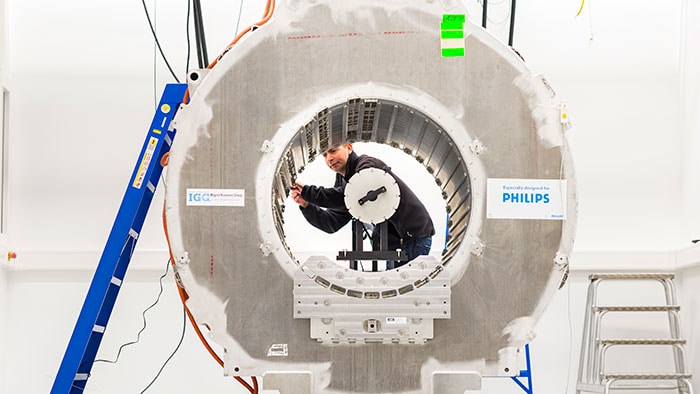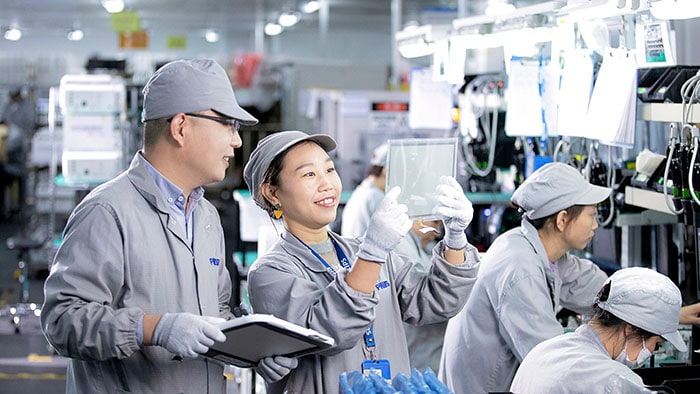Earlier this year, Philips and a group of other leading multinational companies and institutions co-founded ‘Design for Good’, a non-profit organization with the ambition to positively impact people’s lives across the world by helping to achieve the United Nations Sustainable Development Goals (SDGs). By drawing on the expertise of a volunteer design community already more than 5,000 strong, and working closely with non-governmental organizations (NGOs) and local communities to identify real needs, Design for Good aims to ideate, prototype, and scale open-source solutions that will make a real difference to disadvantaged populations. Each year it will focus on one SDG, with this year’s efforts being directed toward SDG 6: Ensure availability and sustainable management of water and sanitation for all. We asked Philips’ Sean Carney, Chief Design Officer at Philips, Co-founder of Design for Good, and member of the advisory council, how the initiative will work and what this means for Philips.
Why did Philips help set up Design for Good and how does it connect to Philips’ purpose as a company?
At Philips, we are very fortunate in already having a clear purpose to improve the lives of 2.5 billion people a year by 2030, as well as a target of ensuring at least 400 million of those are people in underserved communities or in resource-constrained environments. This fits perfectly with the aims of Design for Good, which aims to focus the collective power and creative talents of the world’s designers, to create practical solutions that help improve disadvantaged people’s quality of life.
It can be very challenging to see ideas all the way through to execution. There are many examples where designers have done great work and had great ideas based on real needs suggested by organizations such as the International Committee of the Red Cross (ICRC) or the United Nations High Commissioner for Refugees (UNHCR), only to find that they couldn’t, for example, build a sustainable business model. There was a lack of knowledge or there weren’t the necessary capabilities, or more practically the concept didn't quite fit the strategy and portfolio of their companies. This has happened at Philips and we were not the only ones. When I talked to my peers as design leaders in other multinationals, I found we’d all had similar experiences. So we decided there could be merit in teaming up, which is why we created Design for Good. We are now at the point where we have developed tools, techniques, and ideas on how to identify needs and challenges and bring together people who can do something about it - not just the design teams but also the people with the funds to support the development so we can actually realize more of these great ideas.
At Philips, we are already quite advanced when it comes to this kind of thinking. Already more than a decade ago, we designed the low-smoke Chulha cooking stove to improve indoor air quality for people who cook using wood as a fuel. This helped lower the incidence of lung cancer in the at risk populations and spawned an ecosystem of entrepreneur’s who could take the open source plans we created to build and sell the stoves. More recently we designed a double-headed fetoscope in collaboration with the ICRC, allowing a pregnant woman to listen to her baby’s heartbeat at the same time as her midwife, and identify high risk pregnancies. Both of these solutions are now scaling across large parts of the world and helping to save lives.
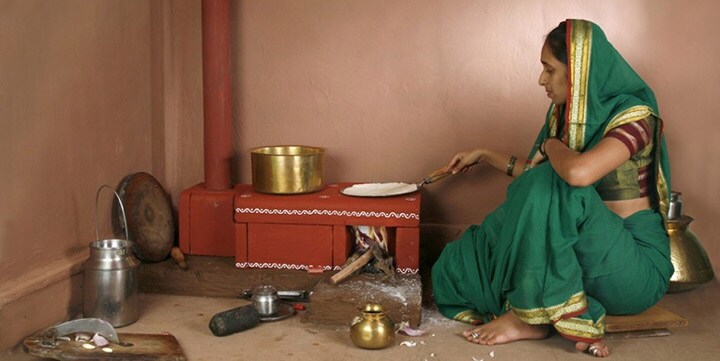
What difference will Design for Good make?
The really cool thing about Design for Good is that we can now team up with like-minded people in companies like, Microsoft, Logitech, Pepsico and others who can bring their experience, reality, knowledge, and capabilities to the table. By enabling those connections, we can form much more powerful teams, because although as designers we like to think we can solve all the problems of the world in isolation, in reality we need an inclusive and diverse set of experiences, mindsets and skills to create and then realize solutions. We have to do this as a team sport.
Rather than setting up ad-hoc collaborations between different companies, we decided to establish Design for Good as a charitable foundation with its own CEO and management team that could see projects through to fruition, raise the necessary funding, connect with NGOs, and interact with government organizations as needed. The set-up funding for the charity and seed funding for prototyping solutions will initially come from the nine enterprises that have already committed to the project - General Mills, Logitech, McKinsey & Company, Microsoft, Nedbank, Nestlé, PepsiCo, Philips, and the UK Royal College of Art.

How will designers at the different organizations be able to participate?
All the participating organizations will support their designers to volunteer five days of their time to a selected Design for Good project to ideate solutions, do the necessary research, and help prototype a product or service that addresses a specified UN Sustainable Development Goal. This year it is SDG 6, which aims to ensure the availability and sustainable management of water and sanitation for everyone.
We are highly confident we’ll have no shortage of designers wanting to get involved, because in talking to the design community I increasingly meet people who want to make a tangible and positive difference to people’s lives. In our Philips Experience Design teams we have a core design principle that I’ve termed ‘radical empathy’. Radical empathy is our approach to closely observing and identifying the real needs in the actual context of use - the real challenges faced by end users. So for instance when we design our Cath lab solutions, our designers stand alongside the cardiologists so they understand the cardiologist’s needs, their actual workflow and procedural preferences, as well as the nurses’ and attending radiologists’ needs, and of course not forgetting the role and experience of the patient here too! This approach is hugely powerful, especially when you combine the observational and creative expertise of designers in different companies or organizations to solve global challenges such as those addressed by the SDGs.
While our designers obviously have exposure to the materials, production processes, and technologies that are closely associated with the products we as Philips build, we might for instance link up with a Nike designer who is working on the next generation footwear using recycled materials and fly knit fabrics. Then we can start to look at propositions that pull these two together. You might then add in the expertise of a designer from a company like Salesforce.com who has grown up with cloud-first thinking, hosting technology in the cloud and then being able to pull it on demand. If you can combine these contextual areas, you can put together robust, holistic solutions.
I think it’s a unique opportunity for designers to broaden their network and learn from others, and do it in a way that’s actually doing good for people. They will then bring those learnings back into their day-to-day work. It means we may be making a rod for our own back at Philips, because suddenly there will be all these new ideas coming at us. But since we just spent a year and a half converting our team into agile ways of working, I’m confident we know how to manage that.
What would be your measure of success?
Ultimately, it’s got to be about lives improved. I would love to stand up in a year’s time and be able to say that a disadvantaged community somewhere in the world now has better sanitation and better access to water, because it means they will have better life chances. So a bit like we do in Philips, we measure lives improved, because that’s what ultimately matters.
For more information on this ambitious and rewarding new design initiative visit the Design for Good website.
Share on social media
Topics
Contact

Joost Maltha
Philips Global Press Office Tel: +31 6 10 55 8116
You are about to visit a Philips global content page
Continue




